“Miracle Polish” is a (possibly) fabulist short story by American author Steven Millhauser, published in the print edition of the November 14, 2011 issue of The New Yorker.
More recently, Stuart Dybek joined Deborah Treisman on The New Yorker podcast to read and discuss this story.
This short story is a great example of:
- An unnamed semi-reliable narrator
- A contemporary short story which makes heavy use of fairy tale and mythological tropes
- The colour green as motif
- A story which operates according to kairos (a non-linear way of thinking about time)
- An allegory for society’s addiction to more and better
We don’t see the world as it is, we see it as we are.
Anaïs Nin
SETTING OF “MIRACLE POLISH”
PERIOD
This is one of those stories which seems to be set in the present but harks back to the 19th or 20th century.
The green gloopiness of Millhauser’s Miracle Polish and the dark-brown of the bottle suggests an object from the past intruding on the present, like a trauma, or like all the troubling experiences that make us who we are. (I remember those brown cough medicine bottles Millhauser describes from my own 1980s childhood. These days we’ve not just moved away from the brown bottles but also away from the cough medicine.)
The narrator describes himself as firmly embedded in the logical, rational, critical world at the beginning, observing how the name ‘Miracle Polish’ is ridiculously on-the-nose; no one would buy such a grandiosely named product.
Yet that’s exactly how products were marketed in the early 20th century. Before laws were in place to strongly encourage false advertising, merchants could say whatever the hell they wanted about their product.
It is illegal for a business to engage in conduct that misleads or deceives or is likely to mislead or deceive consumers or other businesses. This law applies even if you did not intend to mislead or deceive anyone or no one has suffered any loss or damage as a result of your conduct.
ACCC
Door-to-door peddlars can skirt the laws by remaining itinerant, which makes them seem extra dodgy. (Take Anne of Green Gables, who buys hair dye from a peddler, hoping to make her hair black. She in fact dyes it green.)

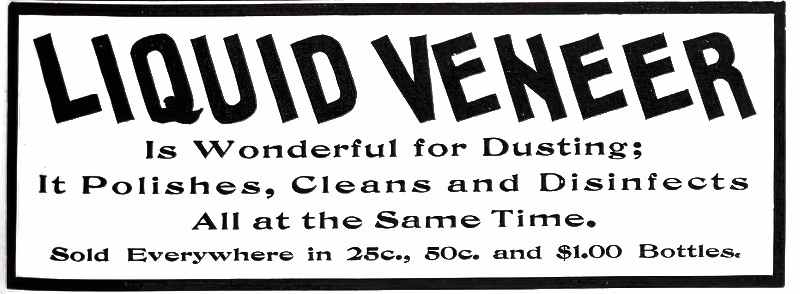
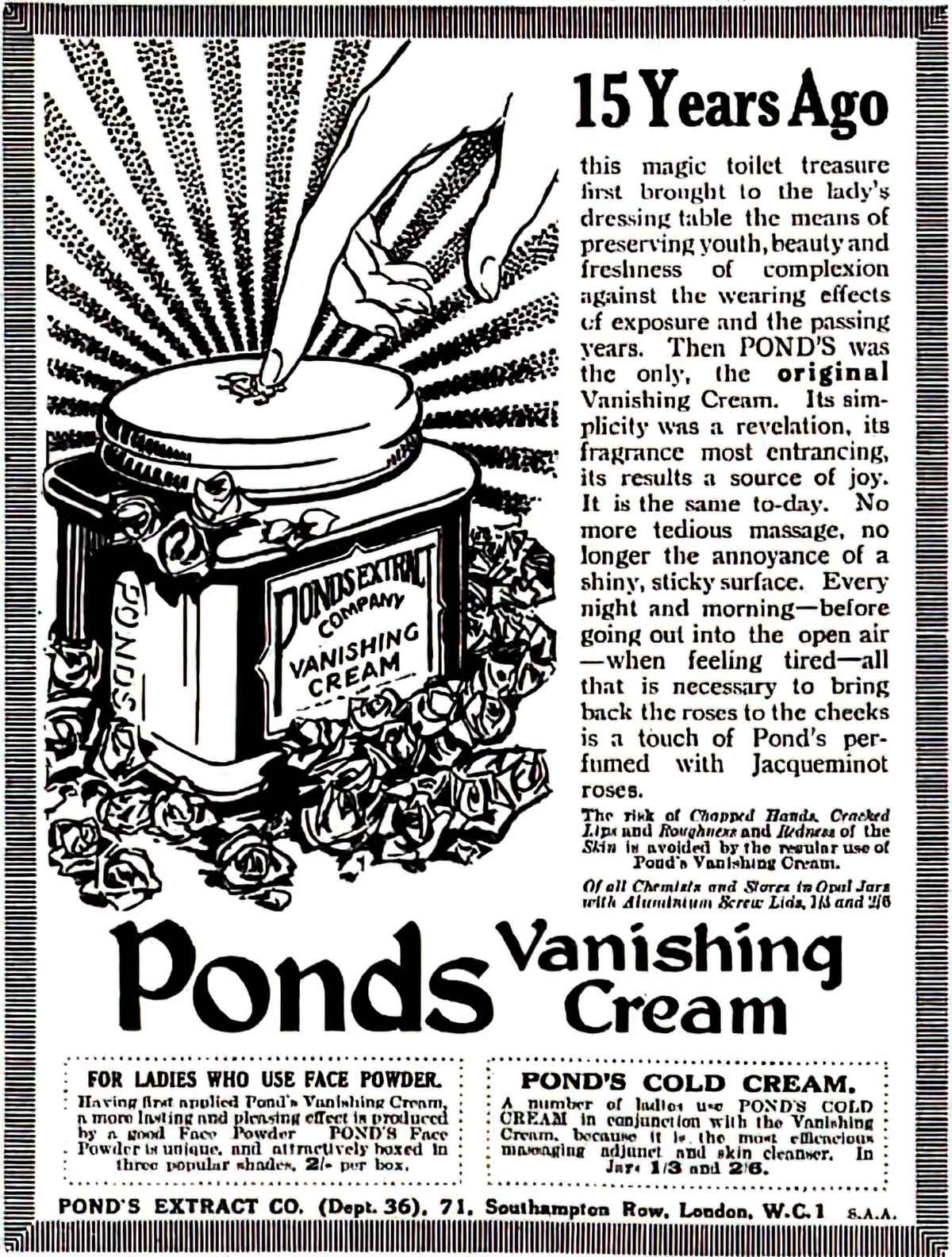
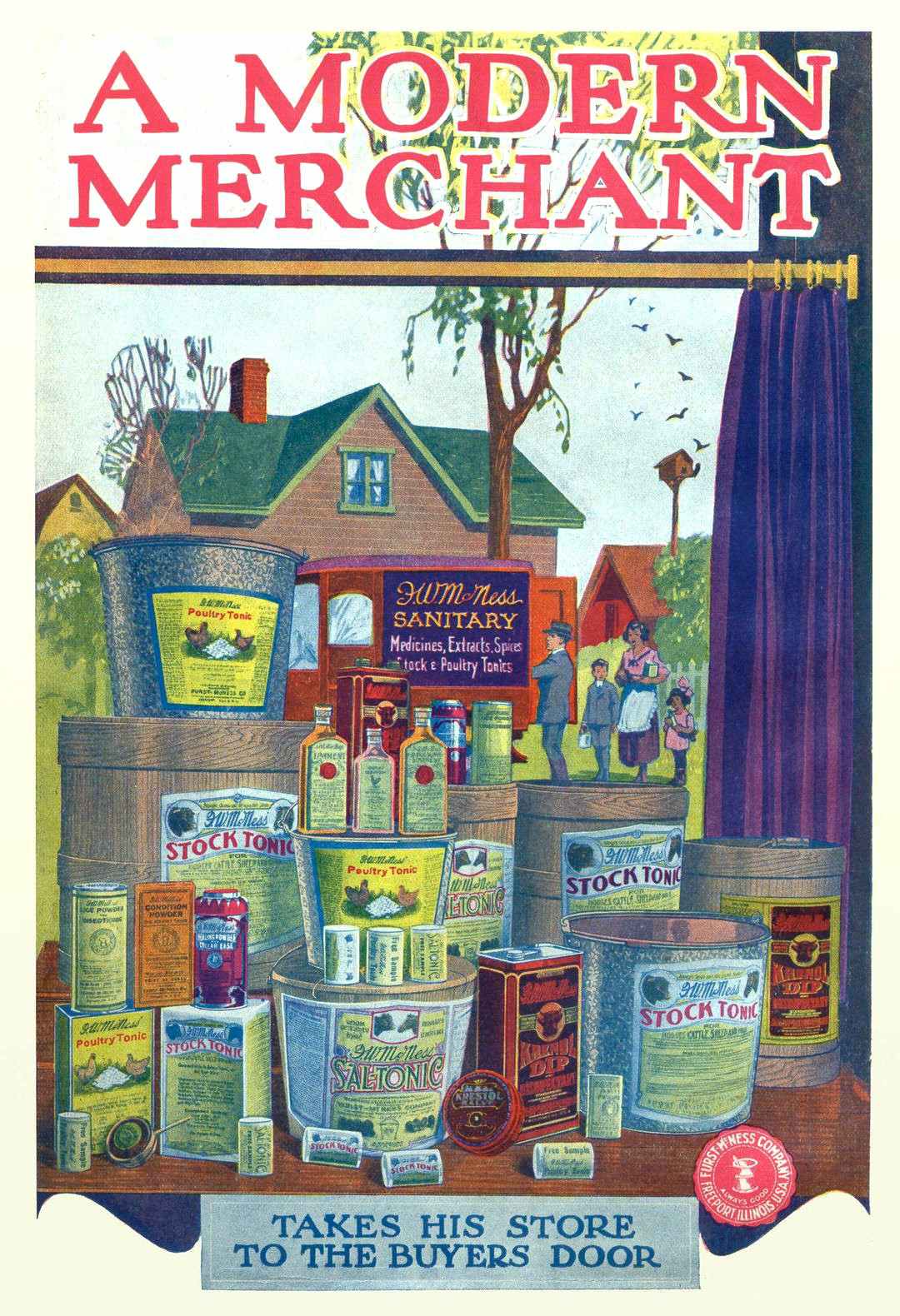
Advertisements which make beauty claims (historically aimed squarely at women) are especially difficult to police, if only because it can’t be made illegal to employ extremely good-looking models (who looked like that even without using the products, by dint of being young). Also, you can’t legislate against the use of ‘magic’, right, because of course these products aren’t literally magic — the average, thinking consumer would understand this descriptor as figurative use.
All this to say, Millhauser inherits a long history of fairytale and advertising when creating the fictional product of Miracle Polish. There’s also the influence of Pandora stories here, in which a container gets opened and releases evil into the world.
At the same time, Millhauser includes a passage about how the peddler reminds him of a schoolboy, which suggests he doesn’t age. He is a time traveller. This nudges the story into the territory of ‘universal’ and atemporal.
This treatment of time in storytelling is sometimes called ‘mythic’ (compared to linear). Another way to talk about this is to use the Greek words kairos and chronos. Unlike chronos, kairos is reversible and returnable.
DURATION
Takes place over several seasons of a single year
LOCATION
Generic, suburban America, not too far from a beach
I tried not to imagine what would drive a man to go from house to house in a neighborhood like this one, with porches and old maples and kids playing basketball in driveways, a neighborhood where Girl Scouts sold you cookies and the woman across the street asked you to contribute to the leukemia drive, but no strangers with broken-down shoes and desperate eyes came tramping from door to door lugging heavy cases full of brown bottles called Miracle Polish.
Miracle Polish
There’s a sugar maple outside the narrator’s house — the tree equivalent of a white picket fence?
ARENA
The story begins inside a single suburban house. The narrator drives to the mall at the outskirts of town and as far as the beach. We don’t get a glimpse of the world beyond that. The mall gets a brief mention, but is almost a mandatory inclusion; a suburban mall is the ultimate symbol of modern consumerism more generally.
THE BEACH
Oftentimes in storytelling, characters visit the ocean and a phase in their life ends. (There are a number of movies, for instance, in which the main character runs to the beach and looks out at the ocean, cut to black.) In this case, the trip to the beach marks a turning point. The main character is tipping over into insanity.
Everything at the beach is very bright but not in a good way. This is an inversion of typical summer and beach symbolism, in which bright and sunny conveys a happy, cosy atmosphere and are frequently fun, part of a carnivalesque adventure. But they also function equally successfully as the opposite, in a gothic way (see for instance Jane Campion’s The Piano).
Millhauser’s beach trip isn’t exactly fun:
The glare of the sun on the water hurt my eyes; the heat pressed down on me; there was a slowness in things, a sluggishness
Miracle Polish
That’s my Doylist interpretation, anyhow. To go with the Watsonian reading of the story, our main character probably finds the beach too glary because he’s been peering into mirrors in the darkness of his own home and can’t get the glare out of his eyes.
Green is a useful colour for writers as a motif because dark green is very different from light green, offering a Jekyll and Hyde sort of symbolism out of a single hue.
Also, in art, green as motif frequently signifies an otherworldliness or magic:
- ‘The liquid was thick, slow, and greenish white.’
- Now I was standing before a man who resembled my old reflection almost exactly but who had been changed in some manner, the way a lawn under a cloudy sky changes when the sun comes out.
- ‘Downstairs, the reflected window in the half bath showed part of a brilliant curtain, beyond which lay the green grass of childhood summers.’
- ‘she liked to mix dark greens, dark browns, and dark grays’
- ‘me in my cargo shorts‘
- ‘a new light-green blouse with a little shimmer in it…A tiny green jewel sparkled on her earlobe.’
- ‘on the beach, three boys in knee-length bathing trunks were playing catch with enormous baseball gloves and a lime-green tennis ball‘
The various shades of green take us all through the seasons and also through the emotions.
TECHNOLOGY CRUCIAL TO THIS PARTICULAR STORY
Though mirrors are very old, they count as ‘technology’ for the purposes of this story.
The unnamed narrator is compelled to buy more and more mirrors, which stands in for any shiny thing that catches our eye. In a cosy home intruder story for emergent readers, author Kate di Camillo creates a burglar who is very much taken by toasters. Other cosy home intruders go after the cutlery. It doesn’t matter what the ‘treasure’ is, but humans are like magpies; so long as it’s shiny it works. Millhauser is sure to link the mirrors to generic, storybook ‘treasure’: ‘the polished mirrors gleamed like jewels’.
The main character of “Miracle Polish” gradually turns his unremarkable suburban home into a carnivalesque House of Mirrors partly because he is bewitched by shiny objects. The English phrase ‘shiny object’ metonymically stands for objects of desire which look better than they later prove to be.
Like the Jekyll and Hyde duality of the greens, mirrors are the the ur-Doppelganger, the Shadow in the Hero, the Janus, the evil twin… Various phrases describe the our perception of a binary good vs. evil dualism within a singular entity or person.
In one sentence, Millhauser creates the idea for us that the person in the mirror is a different entity from the person who it supposedly reflects:
Together she and Monica moved toward the edge of the mirror and disappeared into the living room.
Miracle Polish
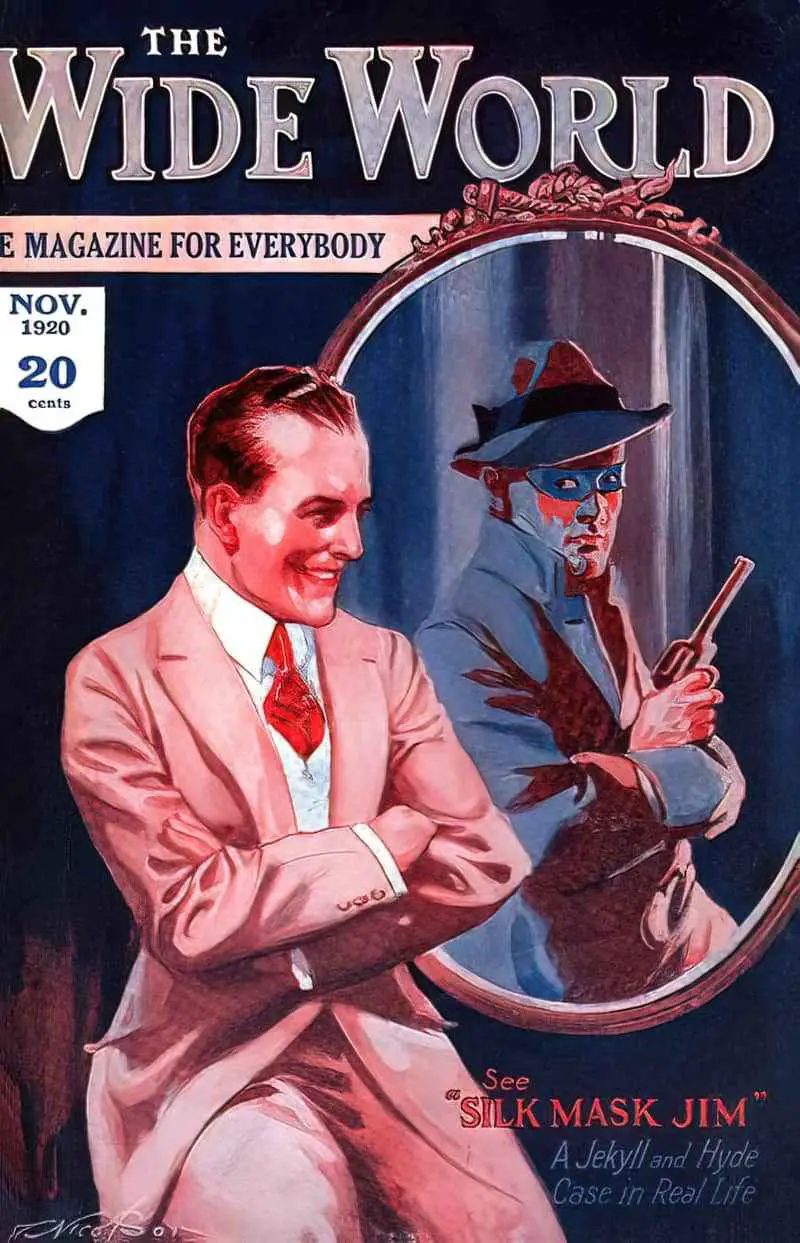
Over the course of “Miracle Polish”, Steven Millhauser utilises the storytelling technique of excess, which children’s authors use frequently and very well. If you’re writing fabulism or fantasy, or even realism, increasing the size or number of things creates a more resonant image for the reader. I’ll bet if you wait ten years after reading this story, you won’t remember the plot, but you’ll remember there was a house with a guy who collected many, many mirrors.
Compared to the flat surface of a single mirror (or pond, in mythology), a house of mirrors takes on the symbolism of a maze or labyrinth. This is, of course, due to the mise en abyme effect created by two facing mirrors. Mise en abyme is in the tool box of writers conjuring the effect of disorientation in spatial horror. (Here are various others.)
The literal House of Mirrors can, of course, be found at funfairs, your ultimate horror venue. (Anything related to childhood is used for horrific effect by writers for adults. Our first trip to the funfair probably happened while we were young, when we were overwhelmed by the lights and the sounds.)
A house of mirrors or hall of mirrors is a traditional attraction at funfairs (carnivals) and amusement parks. The basic concept behind a house of mirrors is to be a maze-like puzzle. In addition to the maze, participants are also given mirrors as obstacles, and glass panes to parts of the maze they cannot yet get to. Sometimes the mirrors may be distorted because of different curves, convex, or concave in the glass to give the participants unusual and confusing reflections of themselves, some humorous and others frightening.
Wikipedia
The earliest widely known literary House of Mirrors is the one in Phantom of the Opera, turned into a 1980s musical by Andrew Lloyd Weber, based on a book published in 1910.
More recently we have the house of mirrors in the film Us by Jordan Peele (2019).

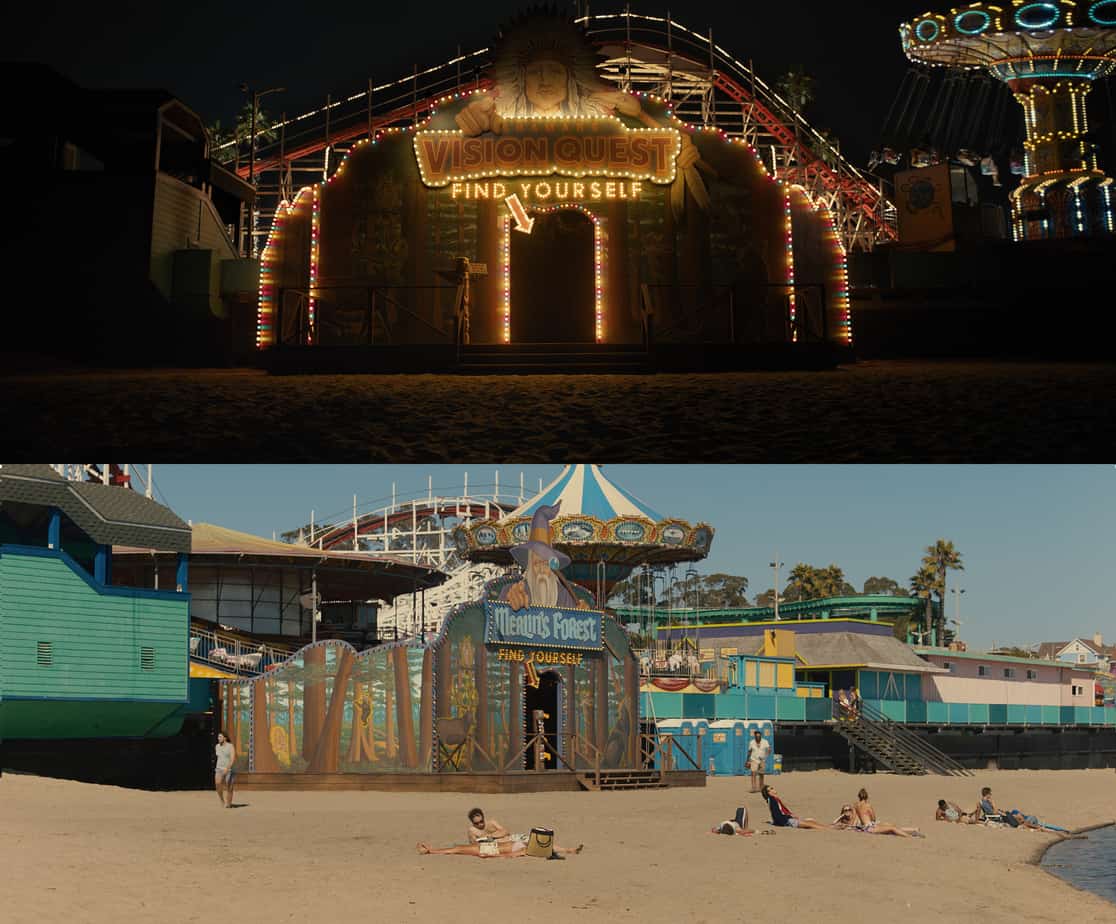
LEVEL OF CONFLICT
This refers to the story’s position on the hierarchy of human struggles. The battles we have with our romantic partners are oftentimes the outworkings of battles we’re having with ourselves.
This guy feels Monica isn’t good-looking enough for him. No coincidence here: We become dissatisfied with our partners when we are dissatisfied with ourselves.
Good-looking ‘enough’? Enough for what, though?
‘Enough’ (or rather, not enough) is a capitalist construct. So in this story, using the motif of mirrors, Millhausers encourages readers to think about how the personal is a magnification of the societal. Our capitalist society teaches us to crave more and more and more… Unless marketing companies cultivate this mindset, much of the economy falls flat.
Since ‘enough’ does not exist in any real, manifest way, we are somewhat addicted to ‘more’. Hewing to capitalism pulls us into a fruitless downward spiral, all the while persuading us we’re on the up-and-up.
And I use the word ‘spiral’ mindfully, since spirals are frequently symbolic of the Descent into Madness, and part of that whole maze/labyrinth symbolism recreated by this first person narrator when he turns his suburban home into a House of Mirrors. No coincidence, also, that all of these mirrors he gathers selfishly for his own personal use. There’s no sense of community spirit about this guy. At least in a funfair, the creepy mirrors function to bring community together. Aren’t we all encouraged to gather shiny things for our own personal use at home? If we all own every single item, without borrowing from neighbours, this suits capitalism very nicely, thank you.
At a slightly higher/surface level, “Miracle Polish” can also be read as a critique of plastic surgery and cosmetic botox treatments, but I believe this story allegorises addictions more generally. Though this guy focuses on his looks, this is more of a focus on ‘surfaces’ or ‘appearances’ in general.
Some commentators dub this mindset ‘Affluenza’. Below are two books both named ‘Affluenza’, the first British, the second Australian. (I got more out of the book by Oliver James, despite living in Australia myself.)
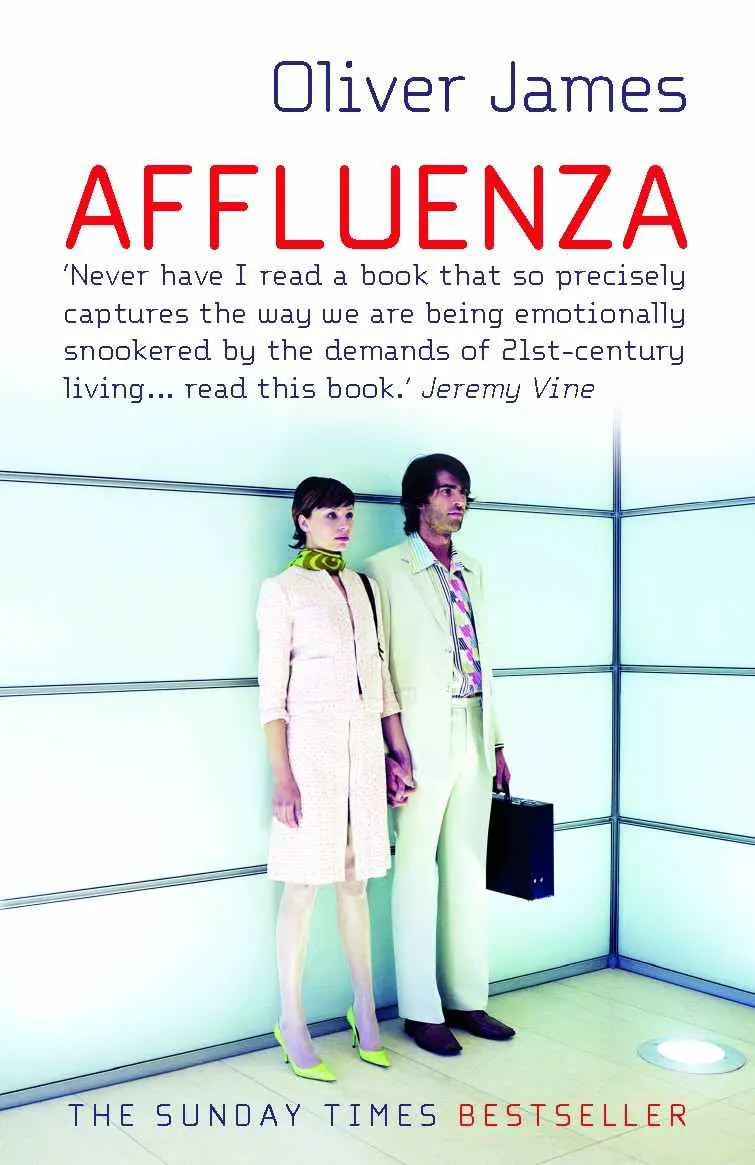
A classic, the book explains why being too focussed on money, possessions, appearances and fame makes us more mentally ill. Travelling around the world, Britain’s best known psychologist explored how the affluenza virus was affecting citizens differently in New Zealand, Australia, Singapore, China, Russia, Denmark, the United States and England. Using stories from each country and key scientific evidence, he explains the antidotes to the virus.
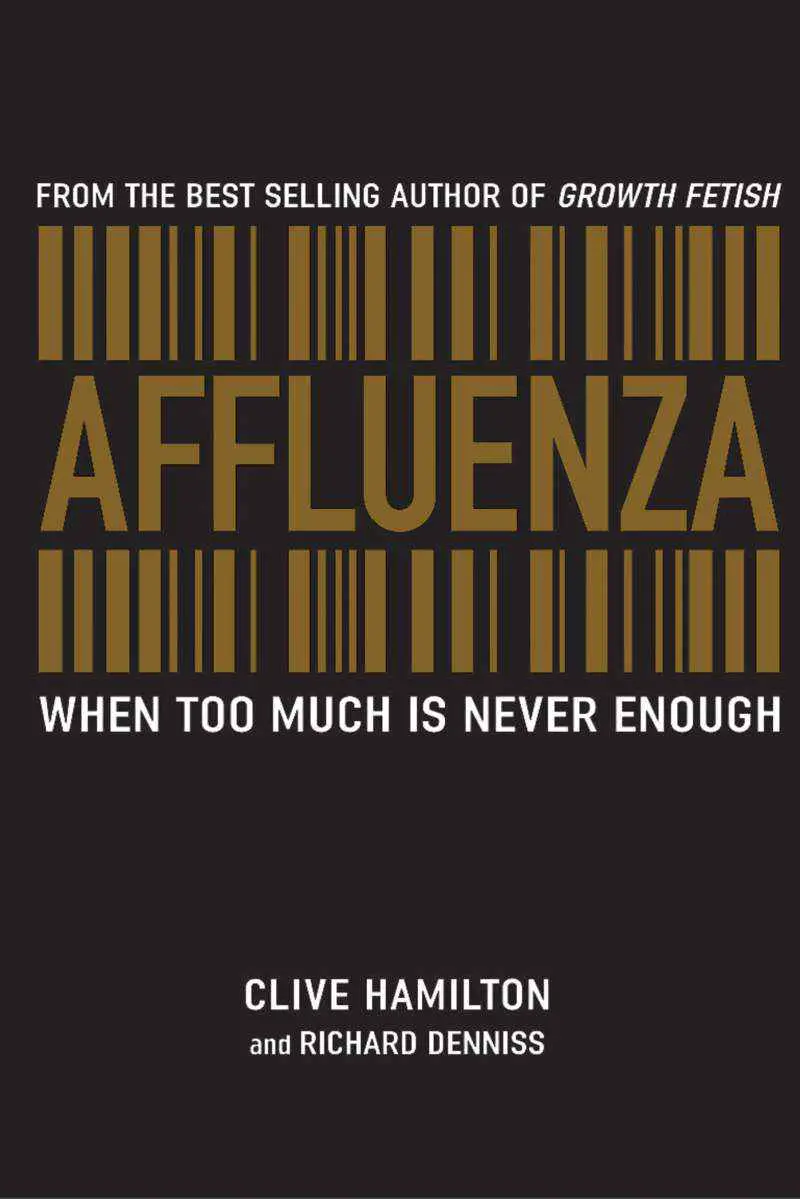
Our houses are bigger than ever, but our families are smaller. Our kids go to the best schools we can afford, but we hardly see them. We’ve got more money to spend, yet we’re further in debt than ever before. What is going on?
The Western world is in the grip of a consumption binge that is unique in human history. We aspire to the lifestyles of the rich and famous at the cost of family, friends and personal fulfilment. Rates of stress, depression and obesity are up as we wrestle with the emptiness and endless disappointments of the consumer life.
Affluenza tracks how much Australians overwork, the growing mountains of stuff we throw out, the drugs we take to ‘self-medicate’ and the real meaning of ‘choice’. Fortunately there is a cure. More and more Australians are deciding to ignore the advertisers, reduce their consumer spending and recapture their time for the things that really matter.
STORY STRUCTURE OF “MIRACLE POLISH”
PARATEXT
Here are the covers. The second one makes my eyes hurt and I hate it. (I believe this is the spatial horror point.)
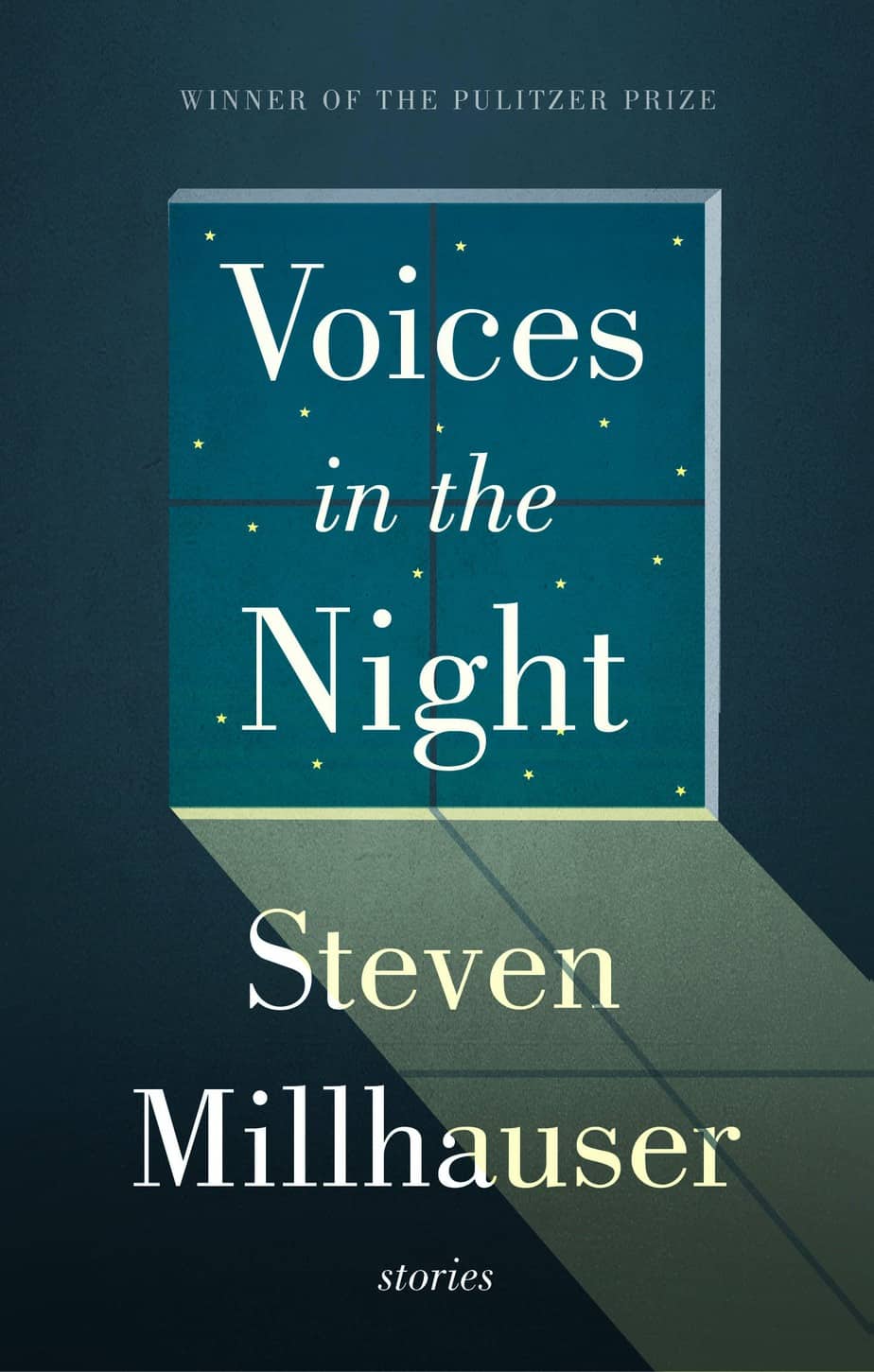
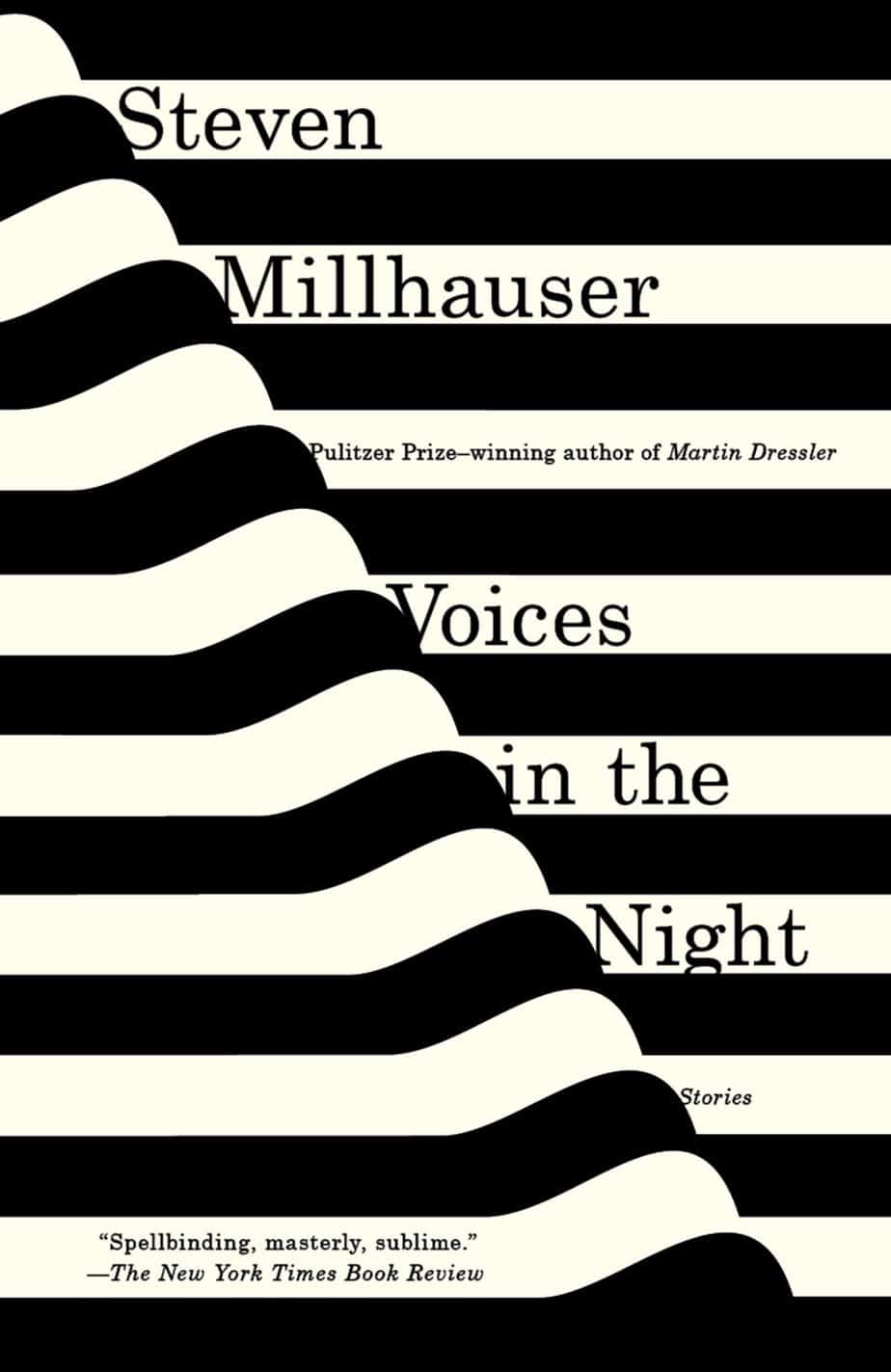
SHORTCOMING
Above I wrote about the setting of “Miracle Polish”, but ended up writing about the character. That’s because in good storytelling setting and character are inextricably linked.
It’s annoying to write about unnamed narrators in critique. Why can’t he just be called John? (Here I investigate the manifold reasons why writers choose not to name their characters.)
Importantly, he comes to us in statu nascendi (without backstory). The detail of the contents of his ‘everything’ drawer in the hutch underlines how without backstory he is:
I had no interest in mirror polish. I placed the bottle in a drawer of the hutch, where I kept extra flashlight batteries, packages of light bulbs, and an unused photograph album, and gave no more thought to it.
Miracle Polish
DESIRE
This guy works in a cubicle, has reached middle-age, and at the start of the story he leads a quiet, unremarkable life in the suburbs. His woman friend visits twice a week on scheduled days. He’s a man who likes his routine. Characters like this generally don’t want to change anything; they’re inherently passive. So nothing will change until trouble literally comes to his door. (You can craft successful stories featuring passive characters, so long as they stop being passive once the trouble turns up.)
OPPONENT
THE STRANGER AT THE DOOR
I should have said no to the stranger at the door, with his skinny throat and his black sample case that pulled him a little to the side, so that one of his jacket cuffs was higher than the other, a polite no would have done the trick, no thanks, I’m afraid not, not today, then the closing of the door and the heavy click of the latch, but I’d seen the lines of dirt in the black shoe creases, the worn-down heels, the shine on the jacket sleeves, the glint of desperation in his eyes.
Miracle Polish
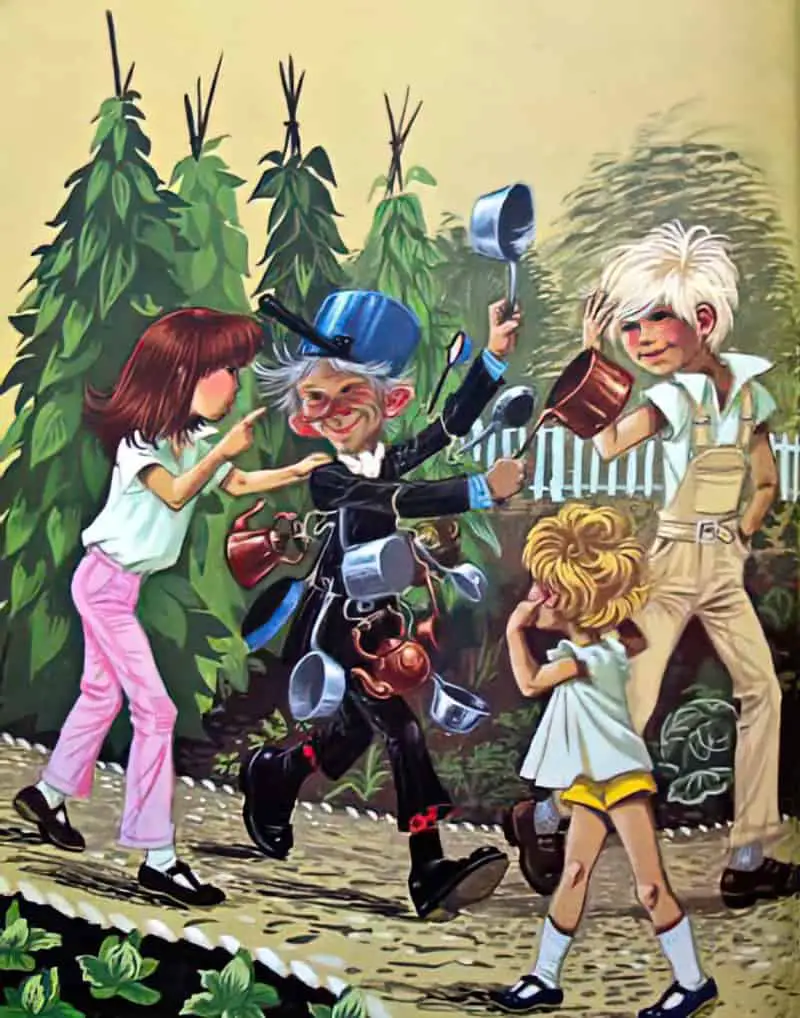
THE MIRACLE POLISH AS OPPONENT
Interesting opponents do need to be human, which is not to say objects can’t be part of the opponent force. When objects are opponents, writers frequently make use of personification:
The name exasperated me, a child could have done better than that, though there was something to be said for the way it sat there flaunting its fraudulence. “Don’t trust me!” it shouted for all to hear. “Don’t be a fool!”
I said nothing as I watched her reflection push her hair boldly from her cheek.
Miracle Polish
But of course, this is really an example of transferred epithet. It’s not the mirror who’s a fraud but himself.
The mirrors (as well as the polish) are likewise personified:
I applied it to a new mirror that had been leaning against the side of the washing machine, waiting for me to decide where to hang it.
Miracle Polish
This story only continues to become more and more relevant to modern audiences. Anyone else read the following paragraph and think of face tuner apps?
If the polish had made me look younger, if it had made me handsome, if it had smoothed my skin and fixed my teeth and changed the shape of my nose, I’d have known it was some horrible mechanical trick, and I’d have smashed those mirrors with my fists rather than allow myself to be taken in like a fool. But the image in the mirror was unmistakably me—not young, not good-looking, not anything in particular, a little slumped, heavy at the waist, pouchy under the eyes, not the sort of man that anyone would ever choose to be.
Miracle Polish

MONICA: ROMANTIC OPPONENT
For storytelling purposes, Monica is also an opponent. She doesn’t want what the main character wants.
Monica is forty-years-old but, according to the narrator, has the body confidence of one of the girls at the high school (where she works as an administration assistant).
She fretted over any imperfection in her skin, like a mosquito bite or a heat rash or a tiny pimple, and often wore a hidden Band-Aid on a shoulder or calf, holding some ointment in place. She wore long skirts that came down to her ankles, with plain blouses over plain white bras; she liked to mix dark greens, dark browns, and dark grays. Her shoulder-length brown hair was usually straight and parted in the middle, though sometimes she pulled it back and gathered it in a big dark clip that looked like an enormous insect.
Monica from Miracle Polish
After reflecting on this story I will wonder if it’s really Monica who’s been fretting over every imperfection or the narrator, and if it’s Monica, is this the result of a long-term campaign of confidence busting on the part of her controlling and nit-picking partner?
“You know, sometimes I think you like me better there”—she pointed to a mirror—“than here”— she pointed to herself.
Miracle Polish
PLAN
Feeling himself descend into madness, the narrator seeks a second opinion from who he describes as a trustworthy person: Monica.
Maybe the greenish-white polish contained a chemical that, upon contact with glass, produced an optical distortion. Maybe the words “Miracle Polish” had caused cells in my brain to fire in a series of associations that affected the way I saw the reflected world.
Miracle Polish
Here’s the slightly surprising thing about psychosis as it happens in real life: A person experiencing mental illness will frequently say, “I know this sounds crazy, but…” then they’ll tell you the content of their psychosis. This is not well explored in fiction, possibly because psychotic characters are seldom the viewpoint characters.
This has ableist repercussions but, in stories, psychotic characters are frequently opponents, and they demonstrate zero awareness that they are psychotic. But this other, very uncomfortable liminal space in which you’re sufficiently aware to know it’s happening, yet have no choice but to believe everything your senses are telling you? That is a common experience, and when we see it in fiction, it generally gets a fabulist or fantasy reading i.e. the main character really has stumbled upon fairies, or a magic mirror.
This short story is a good example of a character who feels himself slipping, and is self-aware to the point where he asks his woman friend for a ‘sanity check’, and of course it will be called fabulist but some might also read this as a realist depiction of the experience of manic psychosis or similar.
THE BIG STRUGGLE
The narrator starts to lose his grip on reality:
“Can’t,” I thought I heard her say, so softly that I wondered if she had spoken at all; or perhaps she had said “Can.”
Miracle Polish
Tension escalates and he smashes all the mirrors. Everything in the story was leading toward this scene. There’s no way Millhauser could have left it out, even though I’d personally be tempted to, because I dislike reading (and also writing) violent scenes like it.
The good thing about short stories is, they contain all the necessary parts, but in lyrical short stories especially, a violent climax doesn’t last for long. It may only be a few sentences.
The climax of lyrical short stories can be very short precisely because we are supposed to be reading the symbolism to make full meaning of it.
There are a few examples of transferred epithets in this story, since it’s basically about a man who blames his own problems on literal objects. A significant one happens during the hammer-to-mirrors smash-up scene: ‘Suddenly I threw it across the yard, hurled it high into the row of spruces at the back. I could hear the hammer falling slowly through the needly branches.’ Sure, the branches are ‘needly’, I guess, but I’m thinking the shards of broken glass fit that adjective better, and I might also use it to describe the character himself, in its meaning of ‘piningly’ (he’s pining for something better). Think also of the metaphorical meaning of ‘to needle’ as in ‘to provoke or annoy (someone) by continual criticism or questioning.’ This is exactly what he’s been doing to Monica. Yet even when he’s smashed up the mirrors, he can’t see it’s himself, not the needle-like shards causing all the damage to their relationship.
ANAGNORISIS
By the time our narrator sits down to write this story, written as fictional memoir, he has already experienced a self-revelation, so he says, and is therefore able to articulate for us, without us joining any dots for ourselves, exactly what was wrong with him at the beginning of the story.
But precisely because this is a man articulating his own story, we should be on high alert: How emotionally aware is he, really? Is he telling us the truth about himself and how he has changed, or is he still not quite there yet, either to make himself look better in our eyes, or because he simply hasn’t achieved the self-knowledge.
Therefore, we get this at the beginning of the story:
I was the kind of man who spent as little time as possible in front of mirrors, the kind of man who had a brisk and practical relation to his reflection, with its tired eyes, its disappointed shoulders, its look of defeat.
I prided myself on never having false hopes, on never permitting myself to imagine that things were better than they were.
I was a man weighed down with disappointment, a man for whom things had not worked out the way he had once imagined, a quiet man, cautious in his life, timid when you came right down to it, though content enough to drift along through the little rituals of his day.
Miracle Polish
Dotted throughout the story we get paragraphs such as these, which turn the story into a constant stream of small revelations.
In the shining mirrors I saw the true Monica, the hidden Monica, the Monica buried beneath years of discouragement. Far from escaping into a world of polished illusions, I was able to see, in the depths of those mirrors, the world no longer darkened by diminishing hopes and fading dreams.
Miracle Polish
NEW SITUATION
But in the end it’s up to the reader to determine whether this guy really has achieved the anagnorisis he requires before leading a more satisfying life. If he has, this is a happy ending. If he hasn’t, we’ve got a tragedy.
What do you think? I’m sceptical. That tiny detail of the ‘needle’ is what swings it for me.
On top of that, I’m sceptical anytime a guy goes apeshit and smashes stuff. In movie adaptations of books, the screenwriters will sometimes insert one of these scenes where none happens in the book. (I think the movie Never Let Me Go has Andrew Garfield’s character screaming in the middle of the road, and I could be failing to recall, but I don’t remember such an animalistic release of emotions in Kazuo Ishiguro’s novel. It’s not a very Ishiguro thing to include.)
Tommy screaming in Never Let Me Go (2010) (YouTube)
Why am I suspicious of male characters who smash shit? Because in real life it’s a precursor to bodily violence. We’re almost encouraged to see it as the inverse in storytelling, as in, This guy just smashed a mirror, which is a good thing, actually, because he didn’t smash you. But that’s really not how it works, is it. If a partner ever smashes a whole bunch of mirrors in a seething rage, make like Monica and get out of there for good. Next comes the physical attack, which itself has a surprisingly predictable pattern of escalation. (Not for nothing, experts on intimate partner violence know that manual strangulation is the best predictor of murder.)
Does the narrator of this story have a full understanding of his own capacity for unhinged violence? Nah. Because it wasn’t the polish at all, was it. He cray-cray. (Our interpretation of this ending may hinge on whether we read this as realism — a descent into madness — or fabulism — in which case this guy fell victim to a bottle of magical polish.)

EXTRAPOLATED ENDING
APPEARANCE VERSUS REALITY
The two of us, she in her straw hat and I in my cargo shorts, seemed to me actors playing the part of ordinary people, enjoying a day at the lake.
Miracle Polish
There is a spoken word segment at the end of the soundtrack version of a song by Paris Wells, read by an elderly Jewish New York man who has since died.
My heart and brain concur.
(You’ll find this line at 3:13 on the track “No Hard Feelings”.) In issue #383 of The Brag, Paris Wells explains this is poetry by a guy they met in a Jazz club in New York — “this old lovely Jewish guy in a wheelchair.” His name is Marvin Wildstein and she just had to put him in the album. (Here’s another of his poems.) Marvin died of pneumonia early April 2015.
I love but one more than you, the one I thought you were.
Marvin observes the (minimum of) four characters of every new relationship: The real people and their idealised doubles.
THERE’S NO SUCH THING AS REALITY
This is a Modernist idea, a culmination of scientific ideas that were floating around when Einstein was publishing his work. If a character can look into a mirror and see two different images, one degraded, one improved, is there any such thing as a true reflection? “Beauty is in the eye of the beholder.” (Many good short stories can nonetheless be reduced to an aphorism.)
RESONANCE
Artists of all kinds turn to the theme of Appearance versus Reality again and again. I’ve already mentioned a few of the big ones.
To take another (Modernist) short story example, Katherine Mansfield explores the distorting effect of limerence (the heady first stages of love) in her short story “Something Childish But Very Natural“. Mansfield doesn’t take her young lovers to an actual carnival but she does something very similar: She distorts the sizes and shapes of regular houses as her characters run through town.
We might also read this story as the difference between loving someone during the early heady phase of limerence, and loving them differently after we’ve learned all about their Band-aids.
When lovers in fiction fail to see each other as they really are, this distortion is frequently exposed by storytellers via some kind of distortion in the landscape around them. When the story stretches to horror (as in Jordan Peele’s Us), we now have ‘spatial horror‘.
This must speak to a deep universal fear in our species, for we are all so heavily reliant on social inclusion. The fear goes like this: We are such flawed individuals that if we were really and truly known, we couldn’t also be truly loved.
